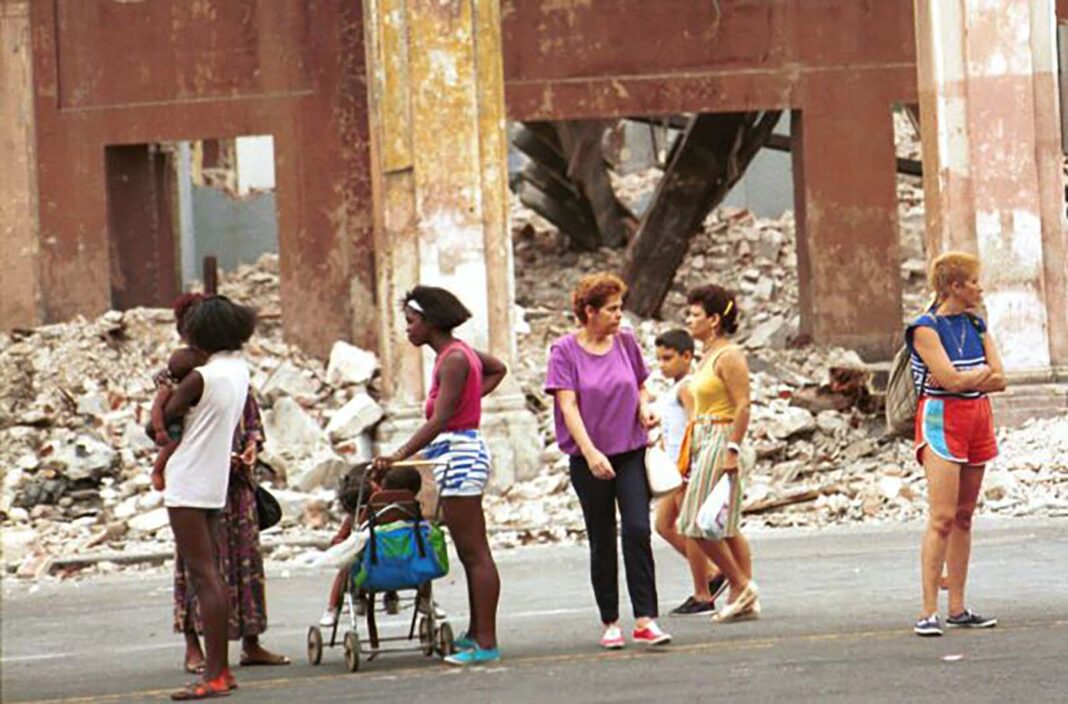In the early 1990s, Cuba entered a period of profound transformation and economic hardship, a chapter in its history remembered as The Special Period in Time of Peace.
Triggered by the collapse of the Soviet Union and the dissolution of the Comecon trade alliance, the country was suddenly cut off from the vital subsidies and resources it had relied on for decades.
The impact was immediate and devastating. Fuel became scarce, food supplies dwindled, and everyday life was reshaped by necessity and resilience.
Midst this crisis, photographer Michael G. Spafford traveled to Cuba in 1994, documenting daily scenes in Havana at the height of the turmoil.
His work offers a compelling visual narrative of a society adapting to life without many of the goods and services that had long been taken for granted.
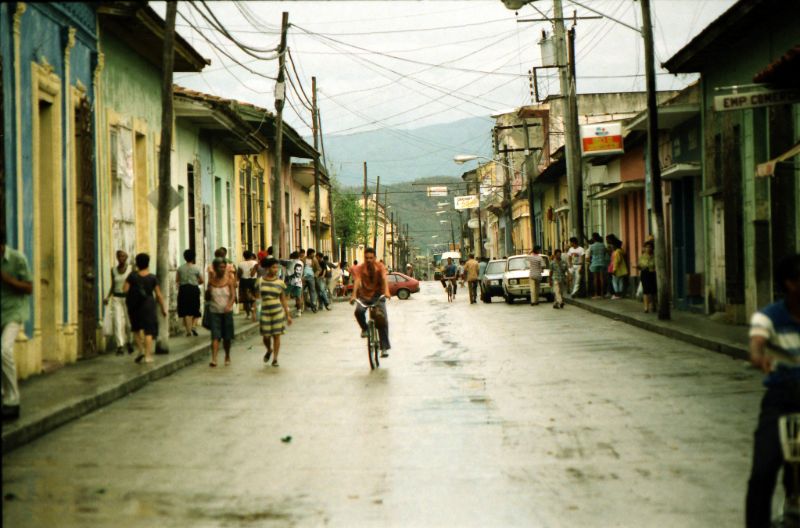 The most severe years of the Special Period stretched from the early to mid-1990s. Cuba’s overdependence on Soviet imports—particularly petroleum—left the country vulnerable when those supplies vanished.
The most severe years of the Special Period stretched from the early to mid-1990s. Cuba’s overdependence on Soviet imports—particularly petroleum—left the country vulnerable when those supplies vanished.
Transportation systems ground to a halt as gasoline and diesel dried up.
Cars disappeared from roads, replaced by bicycles, improvised carts, and crowded buses known as “camels.”
Electricity was rationed, plunging neighborhoods into regular blackouts. Food rationing, already a part of Cuban life, became more extreme as staples grew increasingly scarce.
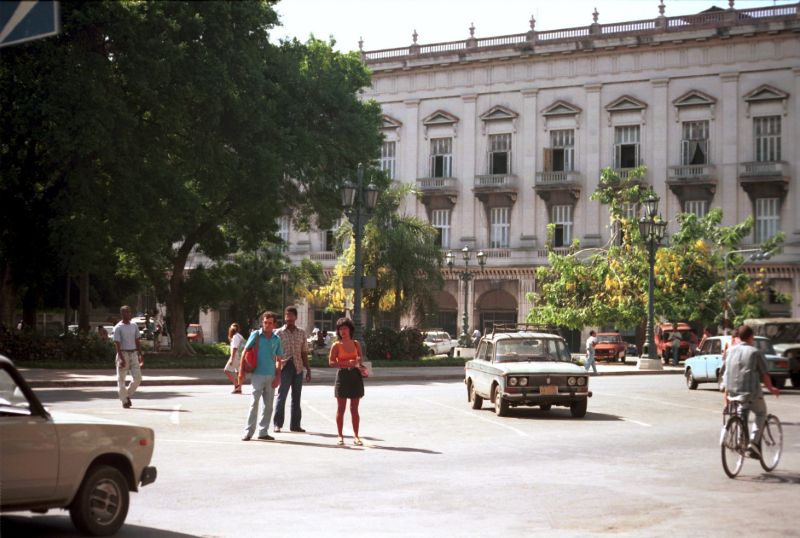 Food scarcity was another defining feature of the period. State rationing systems, already part of everyday life in Cuba, were pushed to their limits.
Food scarcity was another defining feature of the period. State rationing systems, already part of everyday life in Cuba, were pushed to their limits.
Essentials like rice, beans, and cooking oil became harder to find. Meat and dairy products nearly disappeared from regular consumption, and citizens turned to alternative food sources to survive.
Urban agriculture flourished as rooftops, parks, and empty lots were converted into gardens.
Neighbors banded together to grow vegetables, raise rabbits, and cultivate medicinal herbs, transforming parts of Havana into networks of self-sufficient micro-farms.
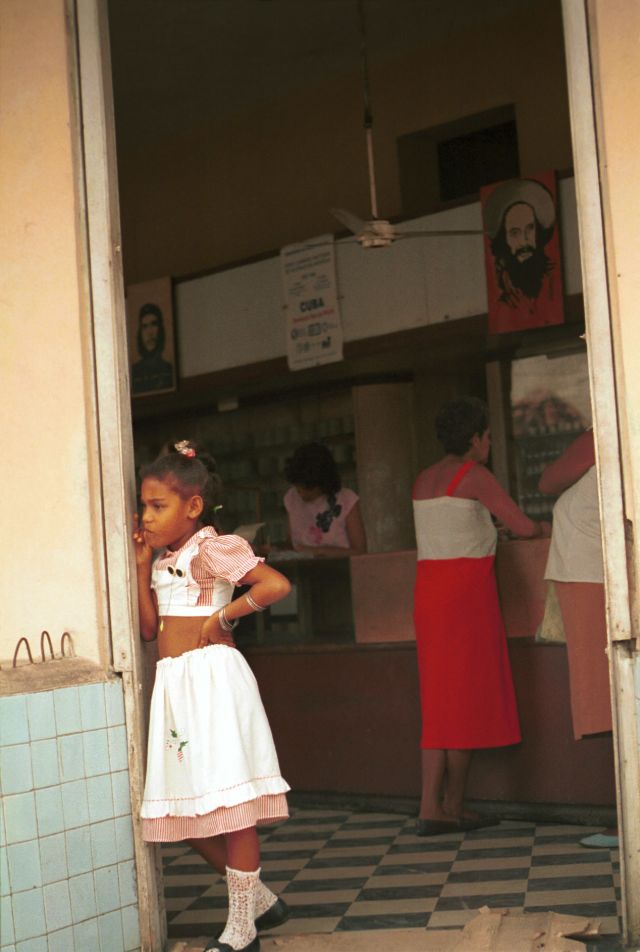 Electricity was rationed to conserve what little energy remained. Rolling blackouts became a daily routine, plunging homes and businesses into darkness for hours at a time.
Electricity was rationed to conserve what little energy remained. Rolling blackouts became a daily routine, plunging homes and businesses into darkness for hours at a time.
Refrigerators stood useless without power, and many families turned to kerosene stoves or charcoal for cooking. Even basic hygiene became a struggle, with water cuts and interruptions affecting entire neighborhoods.
 The healthcare system, though still functioning, had to adapt. With imported medications and equipment in short supply, doctors and nurses leaned on resourcefulness and traditional medicine.
The healthcare system, though still functioning, had to adapt. With imported medications and equipment in short supply, doctors and nurses leaned on resourcefulness and traditional medicine.
Community clinics remained open, but many procedures had to be delayed or improvised due to lack of supplies.
The education system, too, was strained—schools stayed open, but materials were reused, and classrooms often went without electricity.
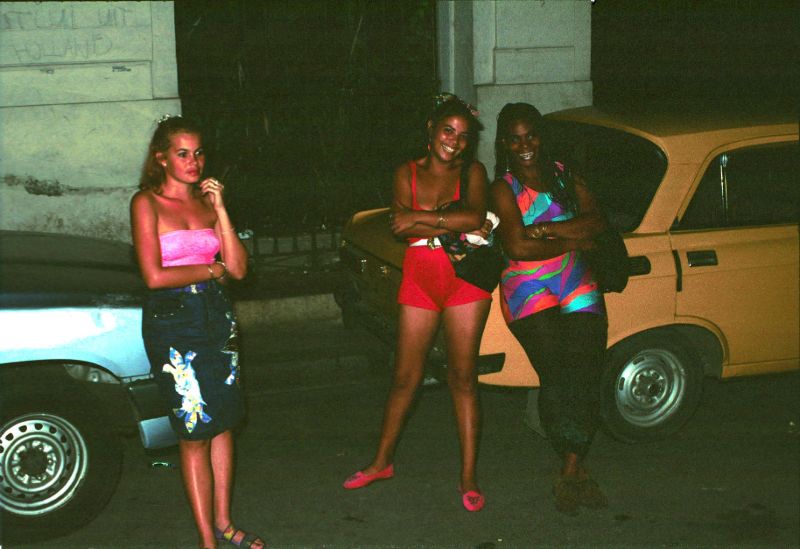 Amid the bleak conditions, Havana remained a city full of life. People found ways to maintain a sense of normalcy.
Amid the bleak conditions, Havana remained a city full of life. People found ways to maintain a sense of normalcy.
Street culture persisted, music played on doorsteps, and social ties became stronger as communities worked together to navigate the daily challenges.
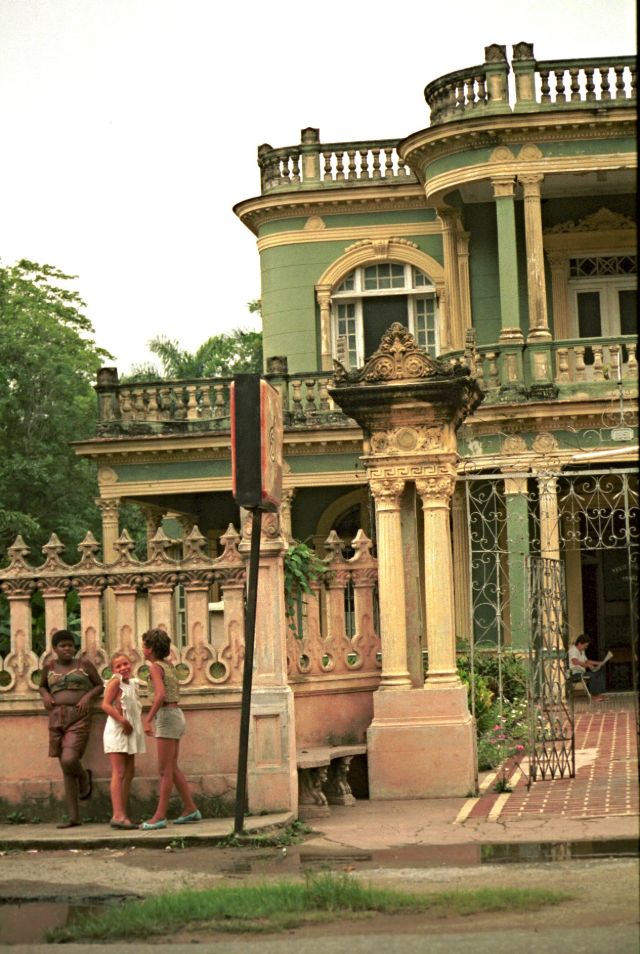
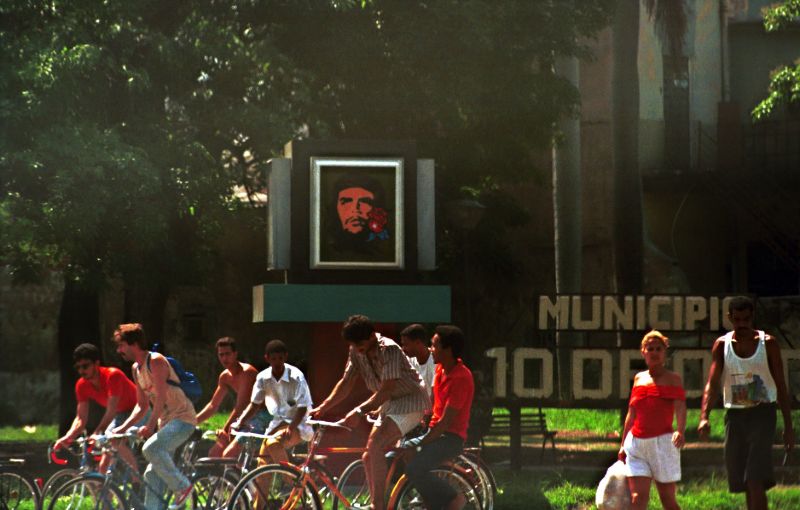
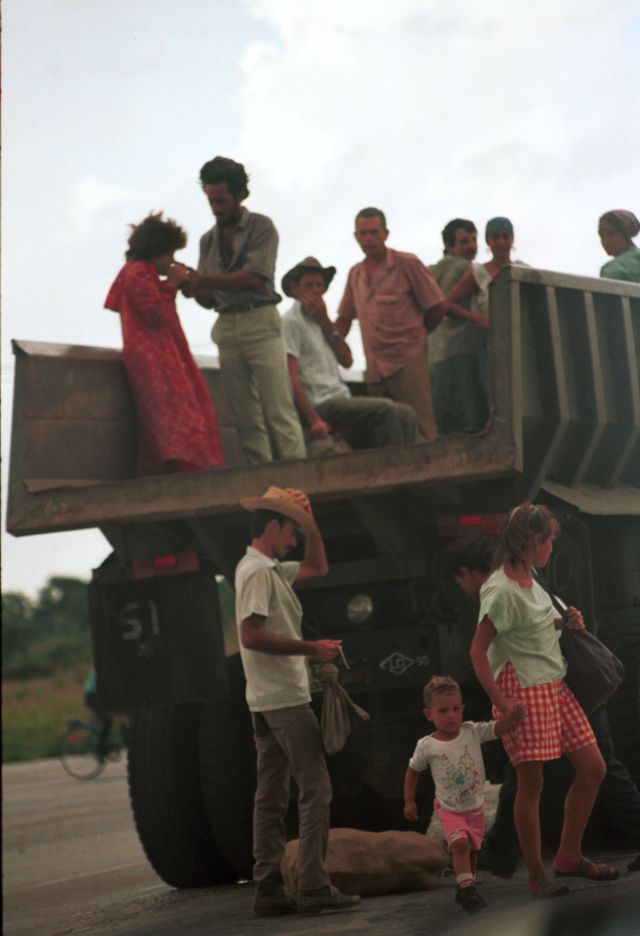
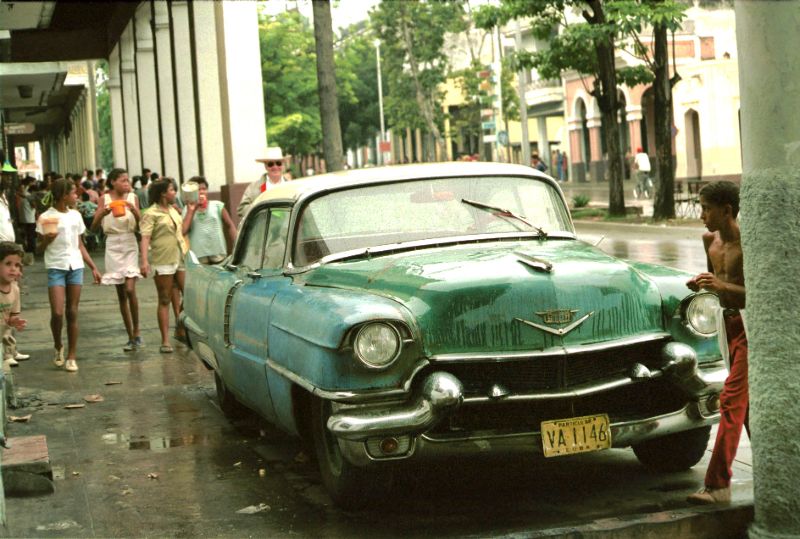
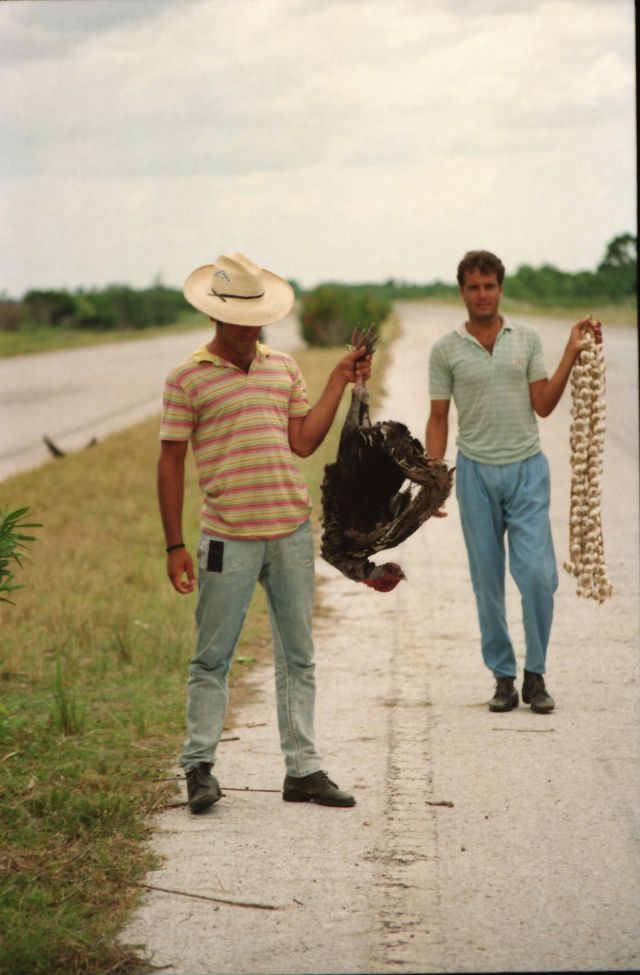
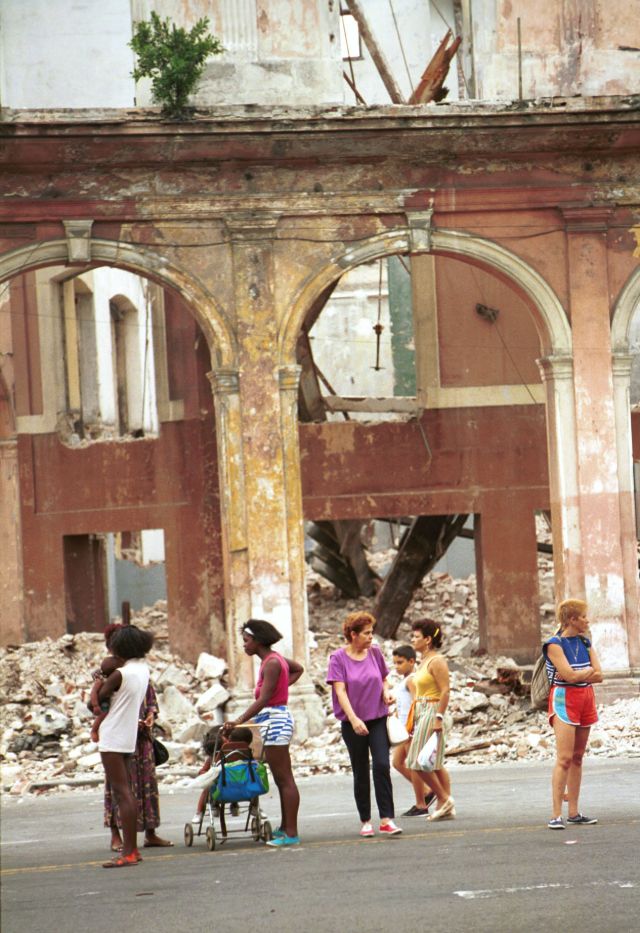
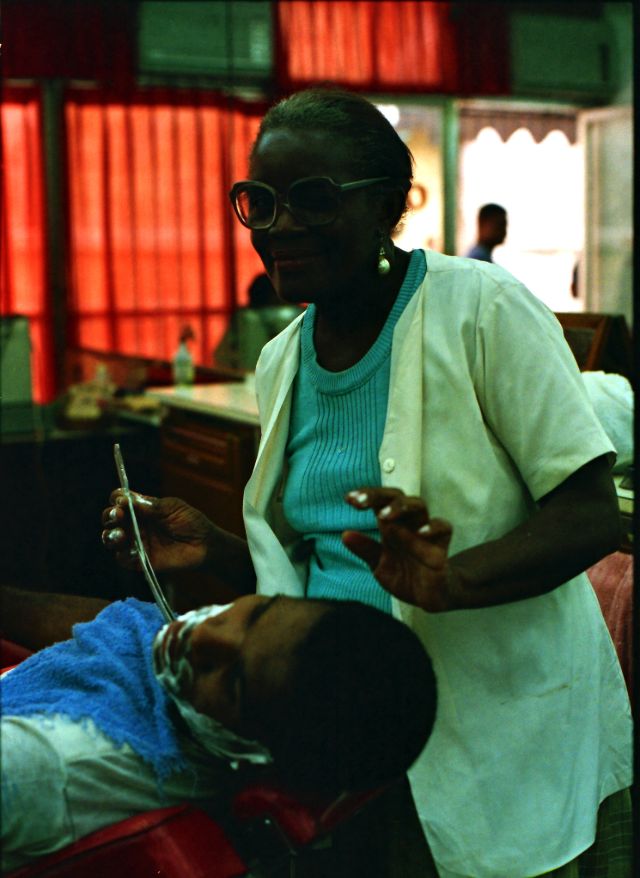
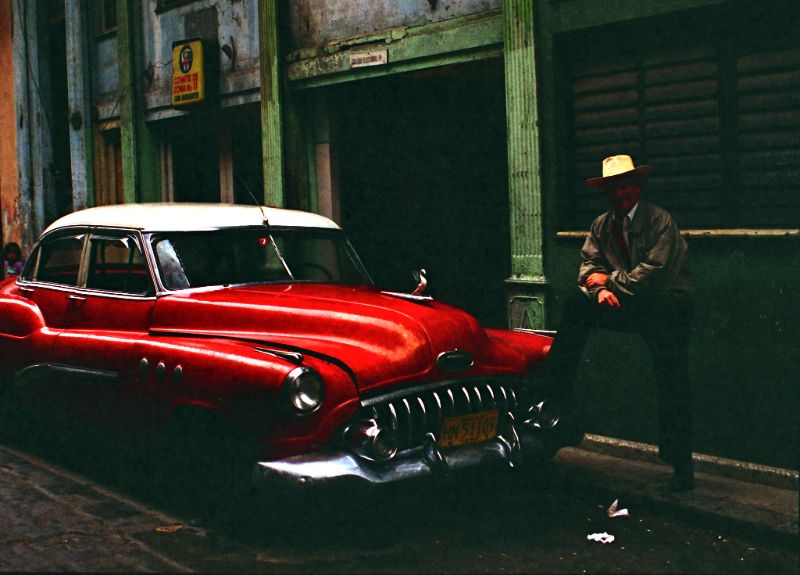

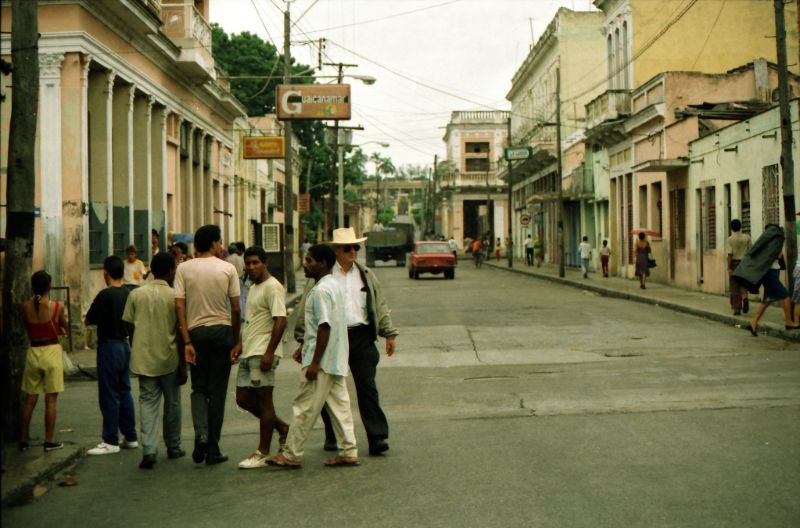
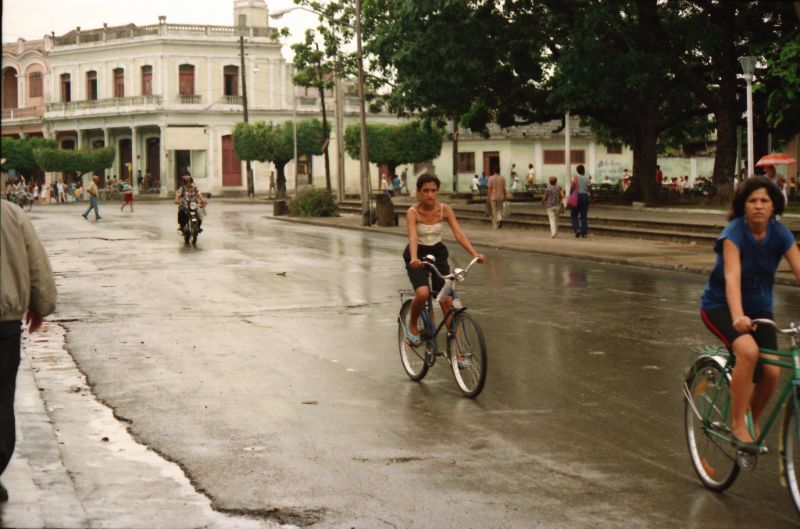
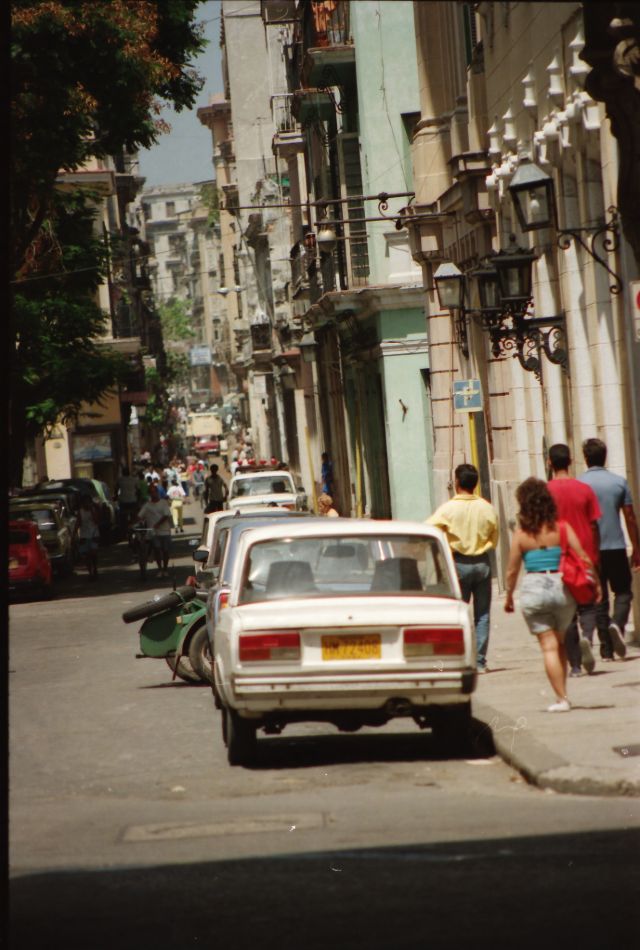
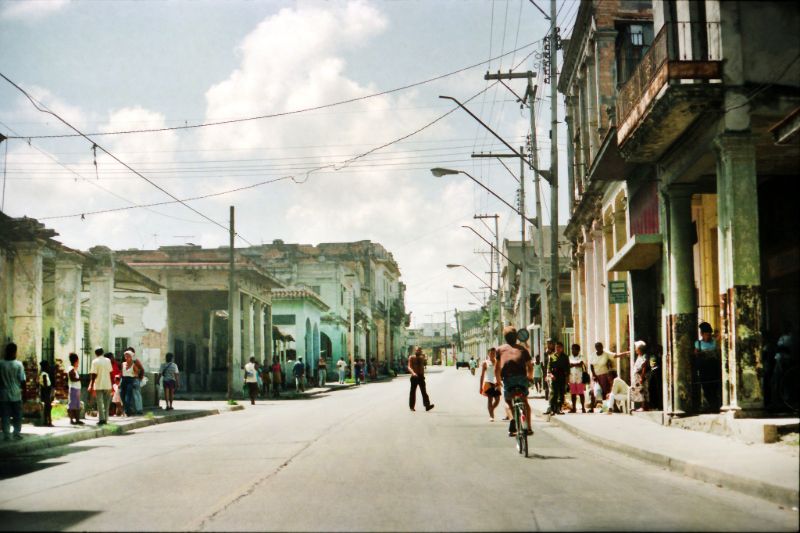
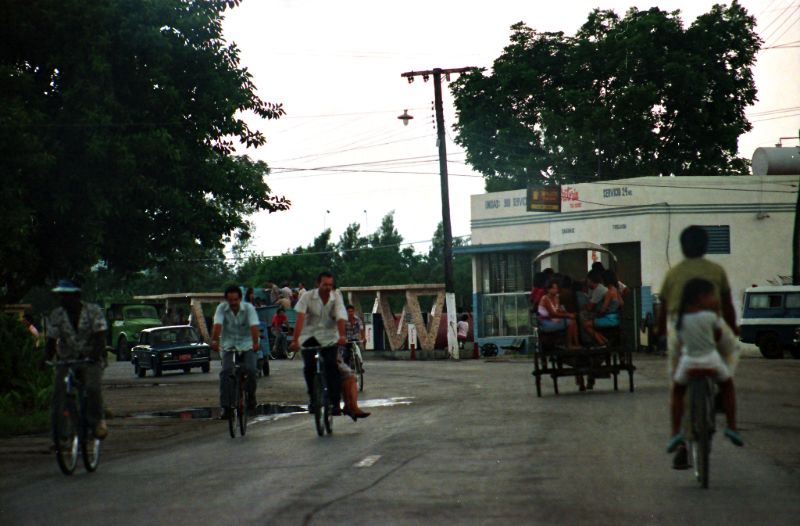
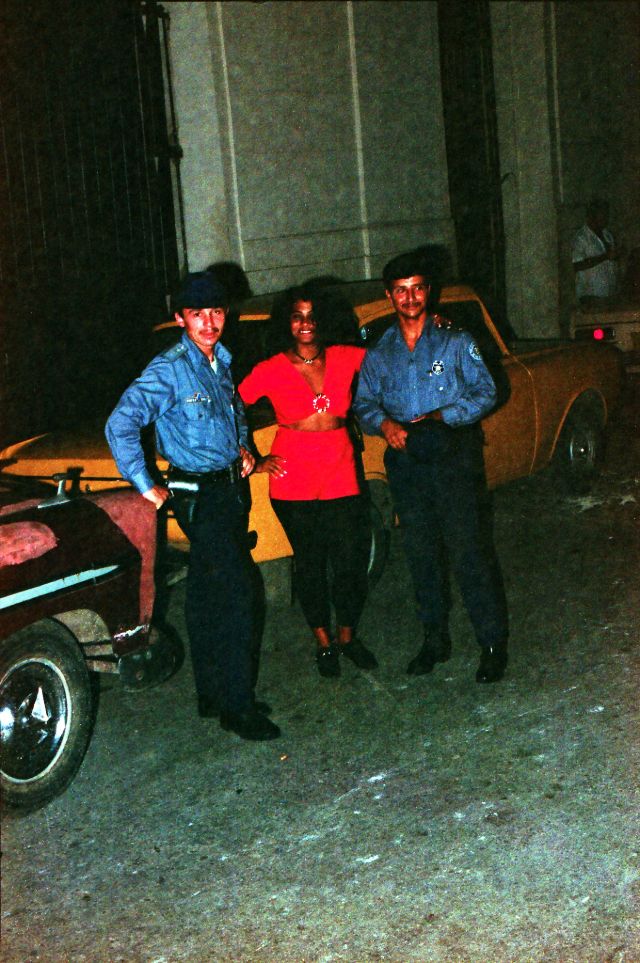
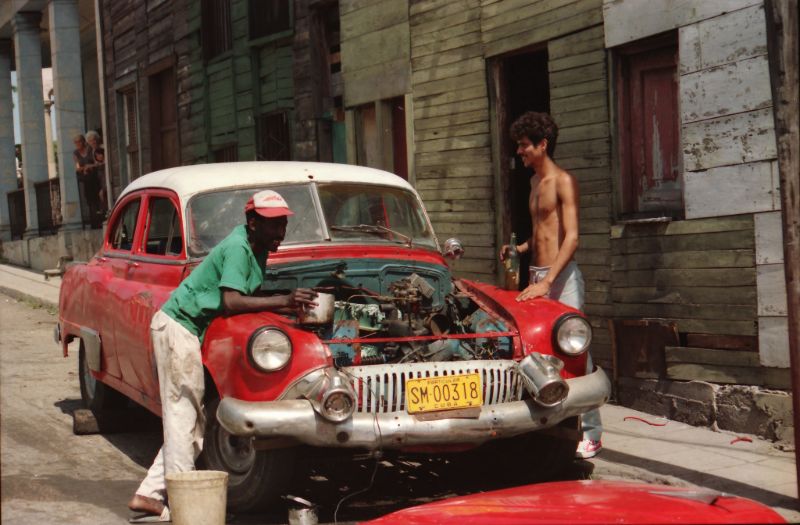
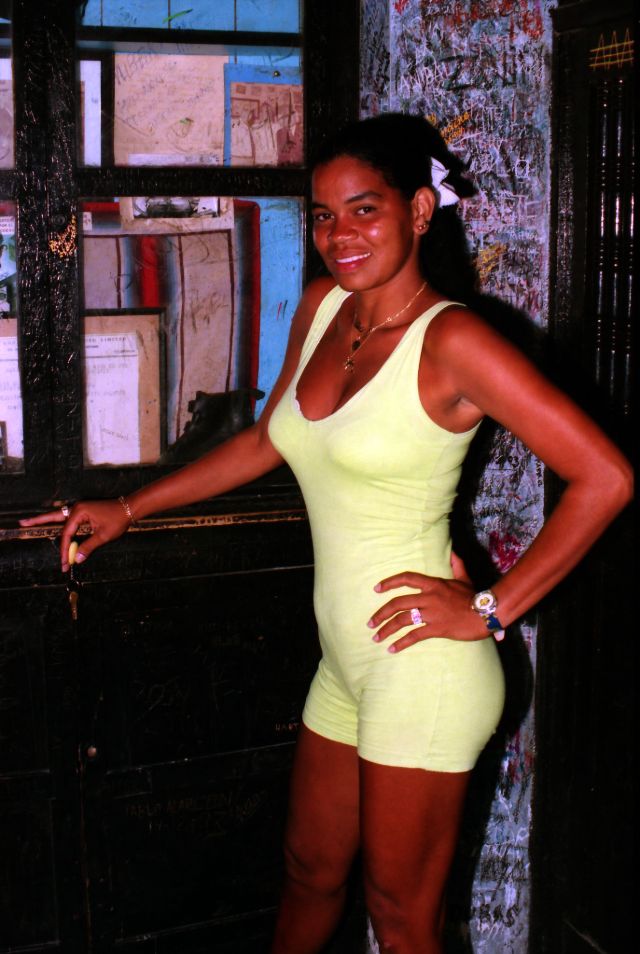
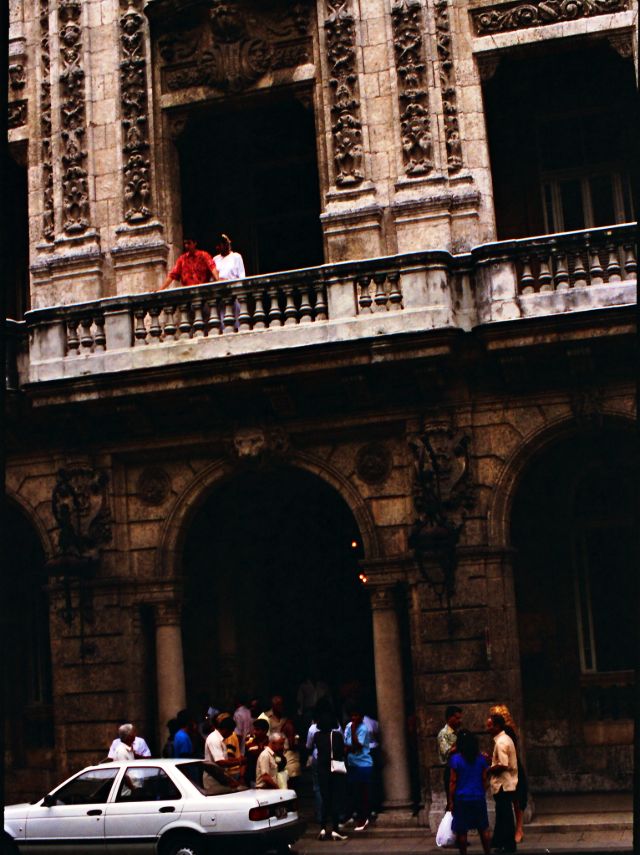

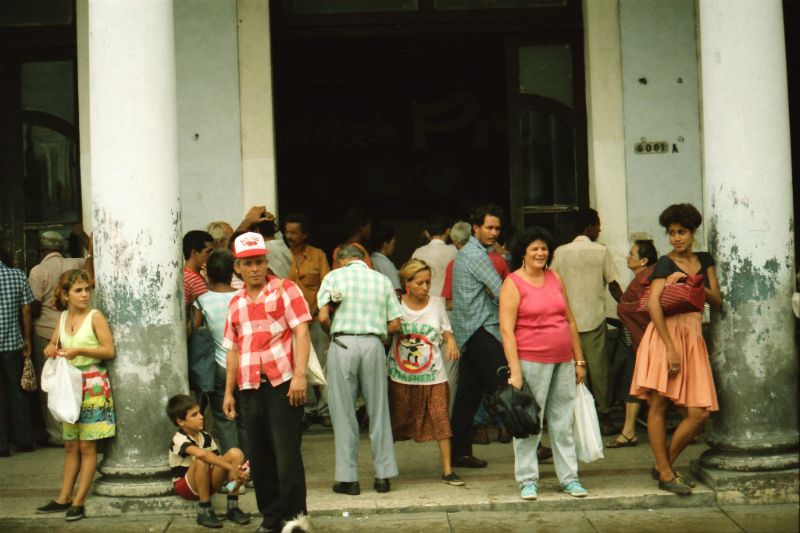
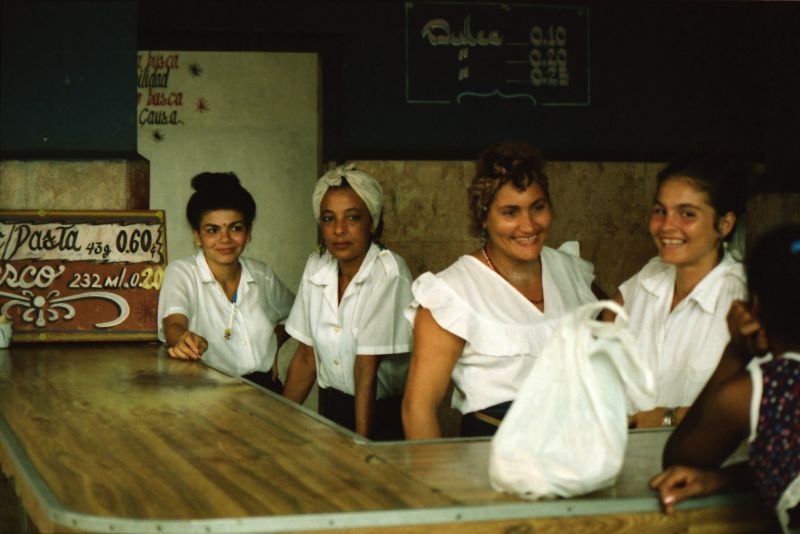
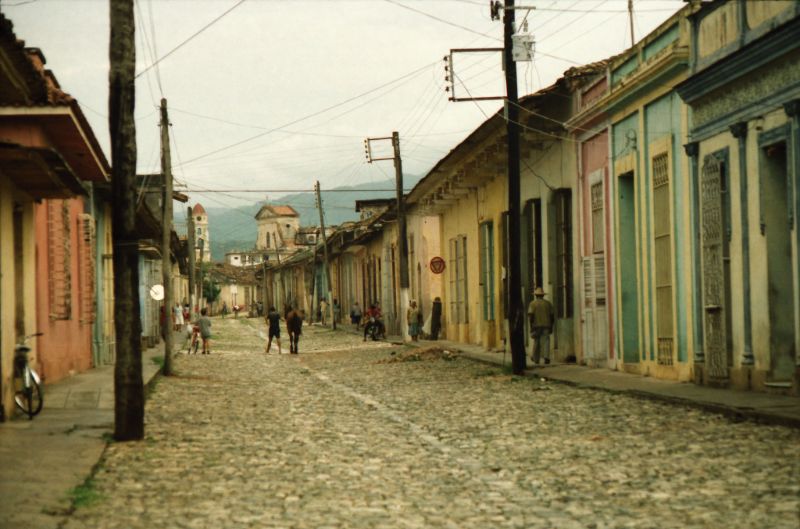
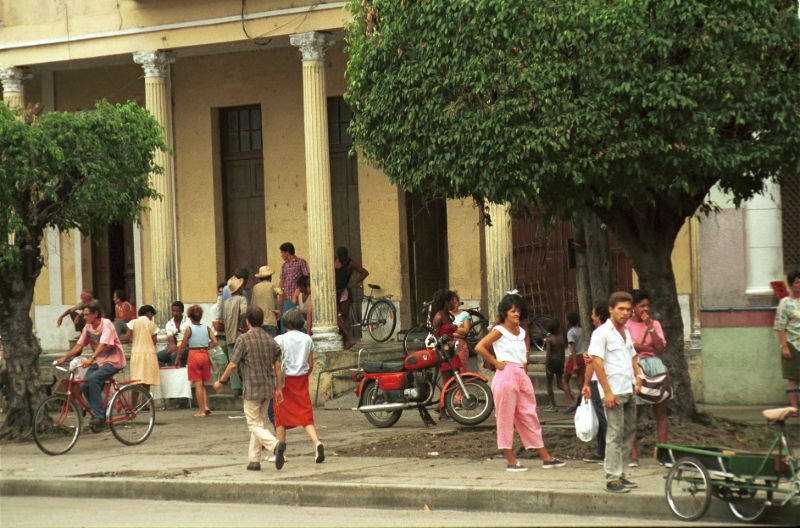
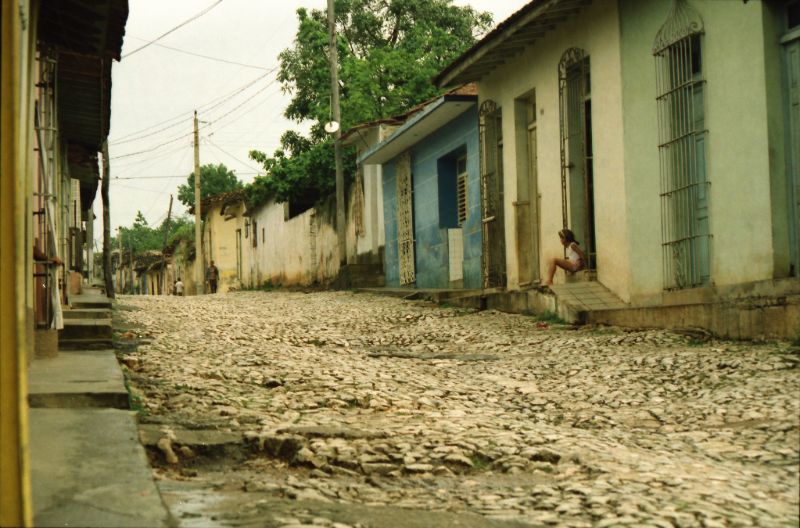
(Photo credit: Michael G. Spafford via Flickr / flickr.com/photos/41087279@N00/)
